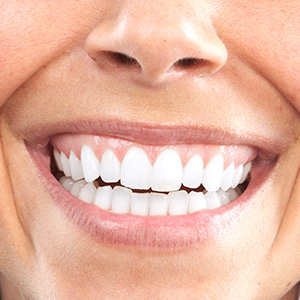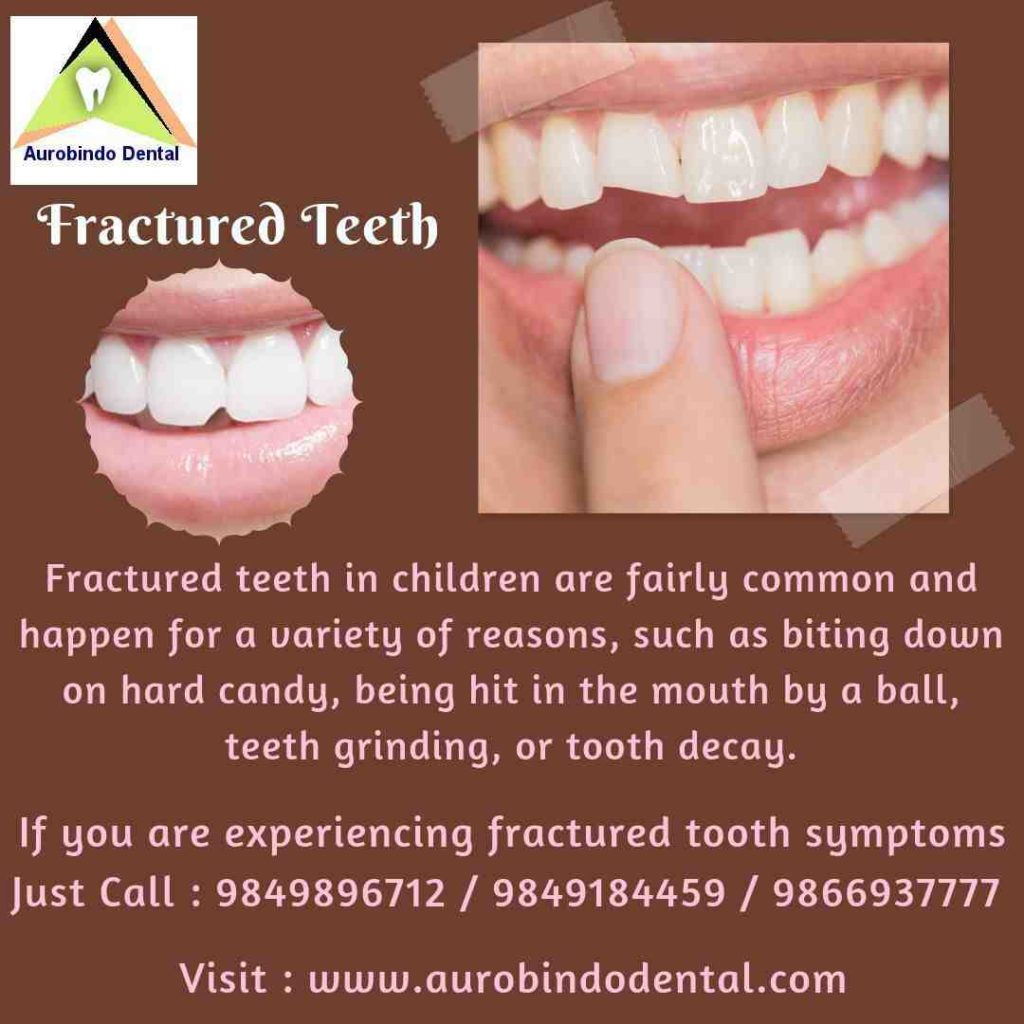Does your once-pearly white tooth now sport an unsightly gray hue? Don’t despair! Gray teeth, while not aesthetically pleasing, can often be restored to their former brilliance with the right approach. In this comprehensive guide, we’ll delve into the causes of tooth graying and explore a range of effective treatments that can help you regain a dazzling smile.

Image: web-dds.org
Understanding Gray Teeth: Causes and Solutions
1. Intrinsic Staining:
Intrinsic staining occurs when the tooth’s internal structure is discolored. Causes include genetics, antibiotic use in childhood, excessive fluoride exposure, or trauma. These stains can be challenging to remove, but professional treatments like internal bleaching or porcelain veneers can effectively mask the gray color.
2. Extrinsic Staining:
Extrinsic staining affects the tooth’s outermost layer and is caused by external factors such as coffee, tea, red wine, or smoking. Unlike intrinsic stains, extrinsic stains can often be removed with regular brushing, professional cleaning, or over-the-counter whitening products.
3. Age-Related Graying:
As we age, our teeth naturally become thinner and more translucent, revealing the underlying dentin layer, which has a darker gray color. While this is a normal part of the aging process, cosmetic treatments like porcelain crowns or bonding can address the discoloration.
Treatment Options for Gray Teeth
1. Professional Teeth Whitening:
For extrinsic stains, professional teeth whitening is an effective option. The dentist applies a high-concentration bleaching agent to the teeth, which penetrates the enamel and removes discolorations. Multiple sessions may be required for optimal results.
2. Internal Bleaching:
For intrinsic stains, internal bleaching is a specialized procedure that involves placing a bleaching agent directly inside the tooth. The dentist seals the filling and monitors the progress until the tooth reaches the desired shade.
3. Porcelain Veneers:
Porcelain veneers are thin, custom-made shells that are bonded to the front surfaces of discolored teeth. They effectively conceal imperfections, including gray stains. Veneers offer long-lasting results and are resistant to future staining.
4. Dental Bonding:
Bonding is a technique where a tooth-colored composite material is applied to the teeth’s surface. The dentist shapes and molds the material to cover the gray areas, restoring the tooth’s natural appearance. Bonding is less expensive than veneers but is also less durable.
5. Laser Teeth Whitening:
Laser teeth whitening is a newer technology that uses high-intensity laser light to accelerate the bleaching process. It is a safe and effective treatment but can be more expensive than traditional teeth whitening.
6. Home Remedies:
Some home remedies may help reduce the appearance of gray teeth, such as:
- Baking soda and hydrogen peroxide paste
- Apple cider vinegar
- Activated charcoal
However, it is important to note that these remedies are not as effective as professional treatments and should be used with caution.
Prevention of Gray Teeth
To prevent future graying, consider the following tips:
- Practice consistent oral hygiene habits, including twice-daily brushing and flossing.
- Limit the consumption of staining foods and beverages like coffee, tea, and red wine.
- Avoid smoking as it causes significant tooth discoloration.
- See your dentist regularly for professional cleanings and checkups.
Remember, every case is unique. Consult with your dentist to determine the most appropriate treatment plan for your gray teeth. With the right approach, you can confidently restore your dazzling smile and enjoy a healthier, brighter oral health future.

Image: www.elitecosmeticdentistry.com
How To Fix A Gray Tooth